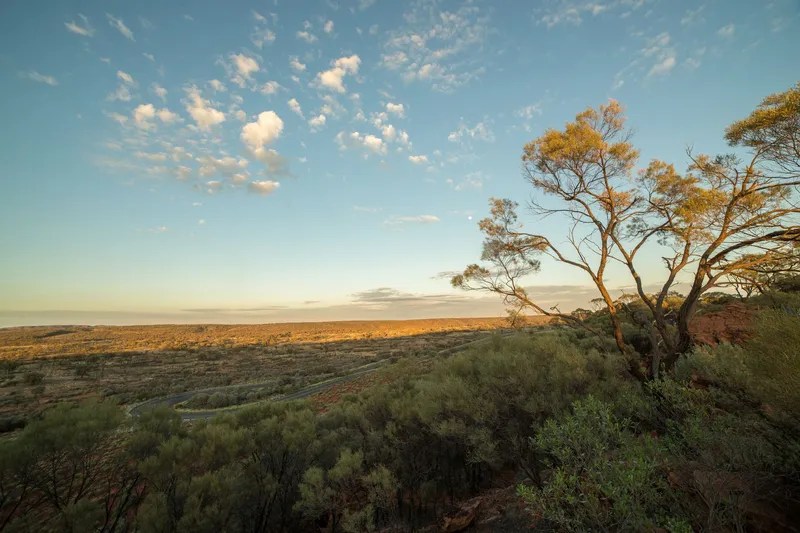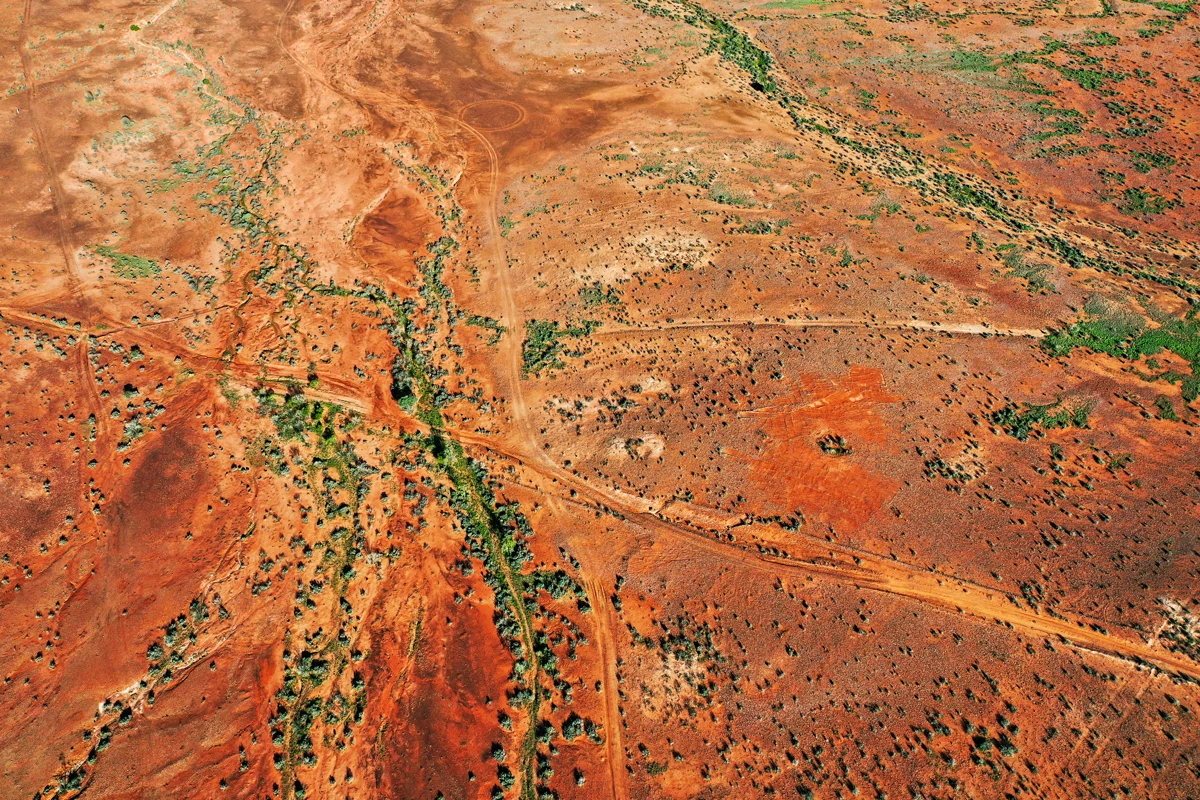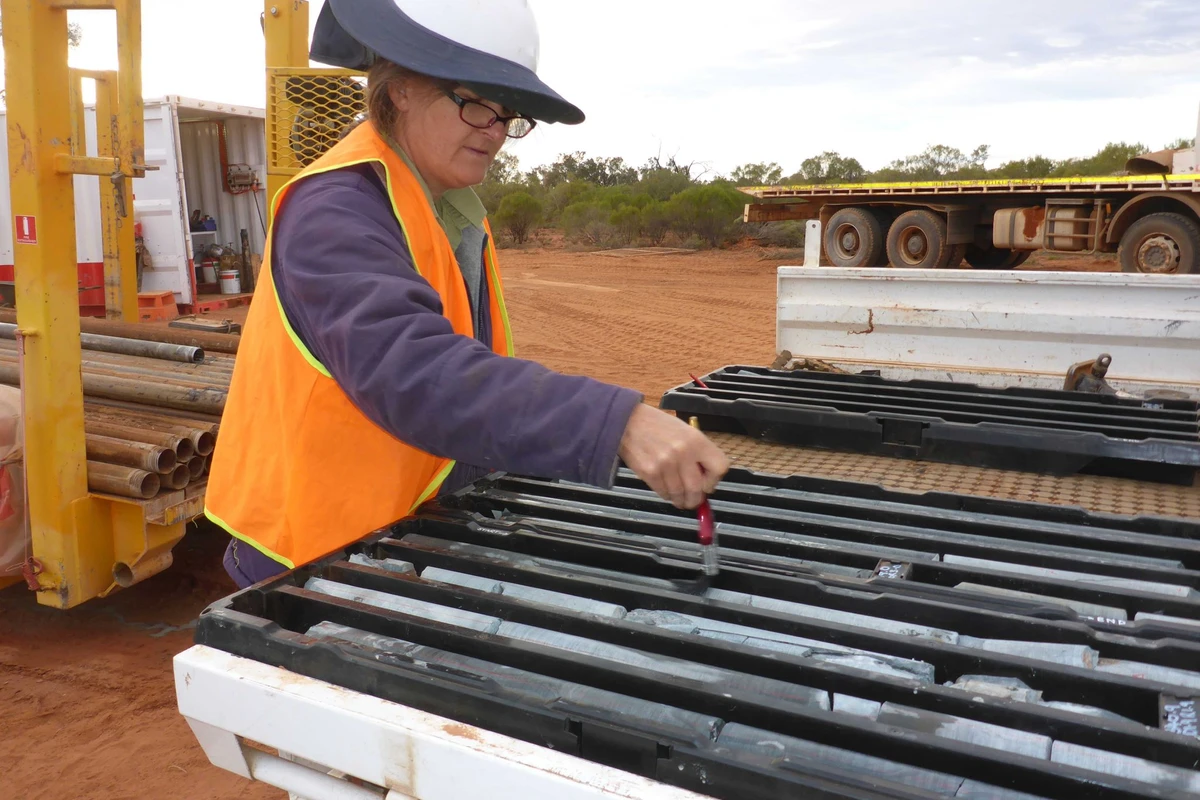Exploring for the Future


Watch an overview video about the Exploring for the Future program (2:00 min).

Australia has a rich history in the exploration and development of resources. Discovery of new minerals, energy and groundwater resources, and improving management of our precious groundwater, is vital to supporting our communities, creating jobs and transitioning Australia to a low carbon future.
In 2016, Geoscience Australia, as the trusted source of information on Australia's geology, began the Exploring for the Future program to better understand the potential for mineral, energy and groundwater resources across northern Australia. The $100 million, 4-year program (2016-20) built on existing data, and employed new and innovative technologies and techniques, to provide communities and industry with the information they need to confidently plan, make better informed decisions and invest in new developments.
In June 2020, based on the program's success so far, the Australian Government invested an additional $125 million — bringing total investment to $225 million — to extend the program to 2024 and expand exploration across the whole of Australia. Some of the projects from the previous phase continued on under the program from 2020 to 2024, which focused on 8 interrelated projects:
In June 2024 the world leading, 8-year Exploring for the Future program officially concluded.
In May 2024, building on the remarkable successes of the Exploring for the Future program, the Australian Government announced 35-year funding for the new Resourcing Australia's Prosperity initiative to accelerate the discovery of critical minerals, groundwater and other resources necessary for our transition to net zero.

Over 80% of Australia is underexplored, with huge untapped opportunities potentially hidden beneath the surface. Unlocking Australia's mineral, energy, and groundwater resource potential is essential to drive economic growth, job creation and ongoing infrastructure and community development as we transition to net zero by 2050. The transition will require the adoption of low emissions technologies across all sectors of the economy and identification of future sources of green energy, including hydrogen. Critical minerals are essential for most of these technologies.
The Exploring for the Future program was designed to address this challenge. Drawing together data, science and innovative techniques and technology, the program enabled us to map undercover and underexplored areas. This in turn encouraged new investment in 'greenfield' areas, leading to strong, sustainable minerals, energy and groundwater sectors, improved environmental management, and economic opportunities for all Australians.
The Exploring for the Future impact pathway summarises how the program realised its vision through scientific activities, linked to outputs, intended outcomes and impacts that benefit Australians.

Our leading scientists use innovative techniques to gather new scientific data and information, on an unprecedented scale, about the potential mineral, energy and groundwater resources concealed beneath the surface.
The Exploring for the Future program involved data collection using geophysical surveys, geochemical sampling, hydrological mapping and stratigraphic drilling. Data were analysed and integrated to provide a picture of Australia's geology, including the mineral, energy and groundwater resources, to inform policy and planning decisions within government and industry, and encourage investment. All data are publicly available via the Geoscience Australia and the Exploring for the Future Data Discovery Portals.

The $225m Exploring for the Future program was a world leading program, delivering public precompetitive geoscientific data and information, to attract future investment in resource exploration and empower and inform decision-makers to enable sustainable development of Australia's mineral, energy and groundwater resources.
The program was an investment in Australia's long-term prosperity. The full economic and social benefits will be realised across months, years and decades. Since 2016, we have seen benefits like new exploration and better-informed resource management, including:
The program delivered more than 1,000 datasets, publications and reports, and is helping to build Australia's resources wealth and secure the future of our resources and agricultural sectors - vital to supporting our communities and Australia's transition to net zero by 2050.
Geoscience Australia continues to build on program findings to provide consistent national coverage and generate positive outcomes with long-term impacts.

Our case studies showcase our work, community stories, and emerging benefits and impacts of the Exploring for the Future program.
According to a 2023 Deloitte Access Economics report, government geoscience data and analysis supported $76b of added value to the economy in 2021-22, or 3.5% of GDP. Learn more about how the program has realised impact